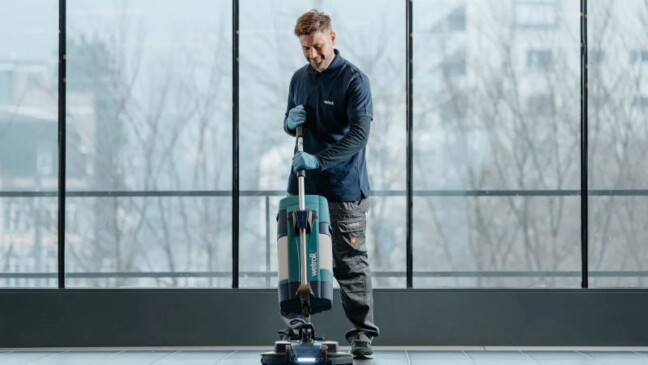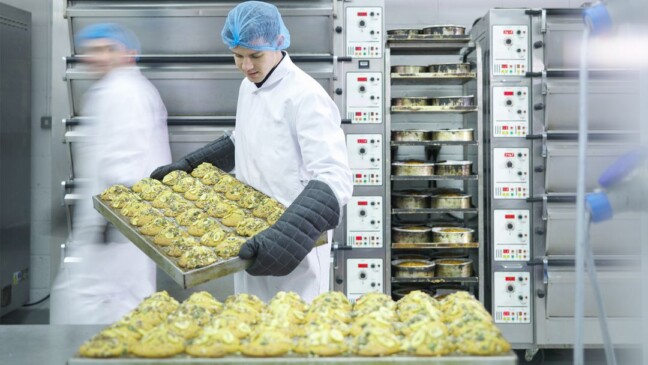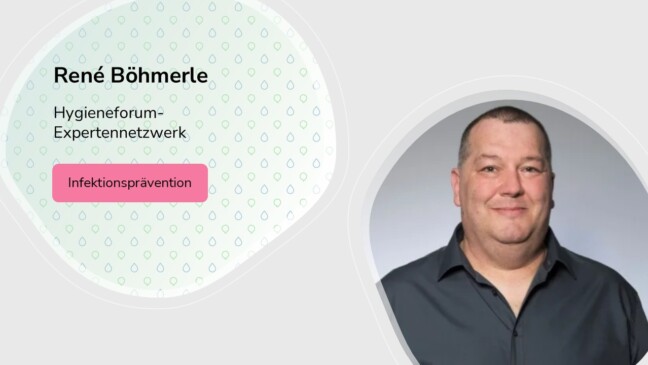
24.02.25
Sustainable hand drying systems in corporate real estate management (CREM): A case study for the new building of a private bank
The importance of sustainable solutions in corporate real estate management (CREM) is constantly increasing. This applies in particular to the area of sanitary hygiene, in which hand drying systems play a central role. A recent case study by Irina Pericin Häfliger and Susanne Bauer analysed which hand drying system - paper towels, fabric towel rolls or modern JET hand dryers - is the best choice for the new building of a private bank. In addition to environmental aspects, economic, hygienic, aesthetic and user-related factors were also analysed. The results were presented as part of a lecture at the ‘IFMA Spotlight Event’ in January 2025.
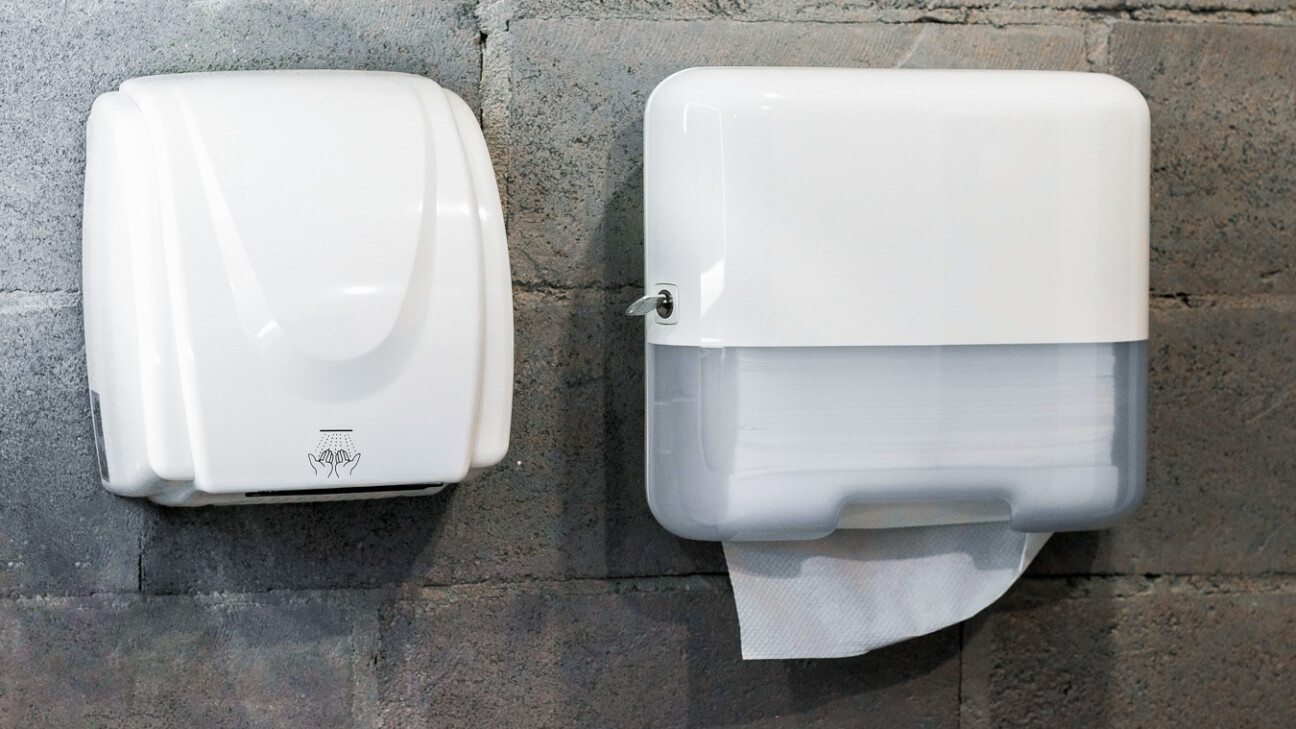
Methodology of the study
The evaluation was based on a literature review and a benefit analysis. Various criteria such as environmental friendliness, cost-effectiveness, hygiene efficiency, user acceptance and structural integration were analysed. The findings come from scientific studies, market analyses and experience from other office buildings with high visitor frequency.
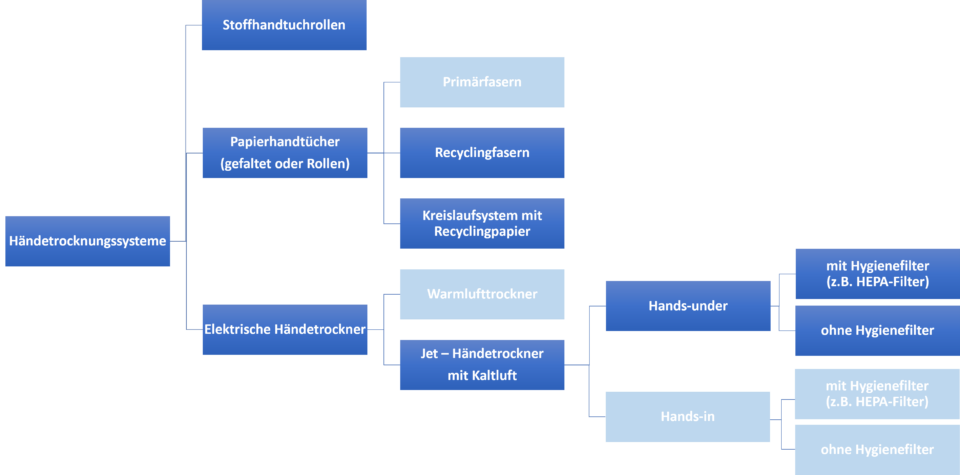
Results of the analysis
1. environmental friendliness
JET hand dryers have the best environmental footprint when used frequently, as they do not produce any paper waste and modern versions are equipped with energy-efficient motors. Cloth towel rolls perform better than paper towels, but cotton production is ecologically problematic. Recycled paper towels are more environmentally friendly than those made from primary fibres, but still generate waste. An additional consideration of the entire life cycle shows that JET hand dryers are a particularly sustainable choice for high frequencies and a long service life.
2. economic efficiency
JET hand dryers also achieve the best results in economic terms. Despite higher purchase costs, the operating costs are comparatively low due to the long service life and low care and maintenance requirements. With paper towels and cloth towel rolls, on the other hand, the continuous replenishment and subsequent disposal of used paper towels and the cleaning of cloth rolls result in high costs. A comparison of operating costs shows that over a period of ten years, the total costs of a JET hand dryer are lower than those of paper or cloth solutions.
3. hygiene efficiency
Studies on the hygiene of the various systems are inconsistent. While some studies classify JET hand dryers as equivalent to paper towels, there are also indications of a possible increase in aerosol formation. In hospitals, paper towels are therefore still recommended as they remove more residual flora from the hands due to the mechanical friction. In office environments, however, there is no clear recommendation, meaning that an individual judgement must be made between comfort, hygiene and sustainability.
4. user-friendliness
Users prefer quiet systems with a high sense of comfort. While paper towels are often perceived as more comfortable, JET hand dryers offer the advantage of quick and contact-free use. In addition, the risk of cross-contamination is reduced as no physical surfaces need to be touched.
5. Structural and aesthetic aspects
JET hand dryers can be integrated into the architectural concept of modern office buildings to save space. In comparison, paper and cloth towel roll systems require more storage and waste space. In addition, paper towels lying around and overfilled waste bins can have a negative impact on the appearance of the building. Especially in highly frequented sanitary facilities, a tidy and modern appearance contributes to a positive user experience.
Recommendations for action
The utility value analysis shows that JET hand dryers are the best choice for the private bank’s new office building. Nevertheless, the question of user acceptance remains unanswered. As there are currently only a few providers of this technology, there is also a certain dependency on individual manufacturers.
It is therefore advisable:
- Carry out pilot projects to evaluate user acceptance
- Carry out a market analysis to compare different suppliers of JET hand dryers
- Incorporate well-founded comparisons into future sustainable building plans
- Carry out long-term cost-benefit analyses to better justify investment decisions
Conclusion
Choosing the optimum hand drying system is a complex decision that has to take various factors into account. JET hand dryers prove to be the most ecologically and economically favourable solution, while paper towels offer hygienic advantages. Especially for companies that prioritise sustainability and resource efficiency, JET hand dryers are a recommendable option, but their long-term practicability should be further investigated. The use of pilot projects and well-founded comparative studies can help to create a reliable decision-making basis for future sustainable construction projects.
Ultimately, the study shows that the right choice of hand drying system not only brings ecological and economic benefits, but also contributes significantly to the positive perception of a company as sustainable and innovative.
